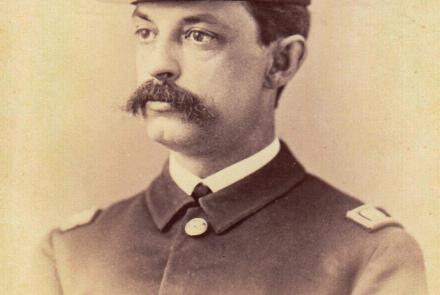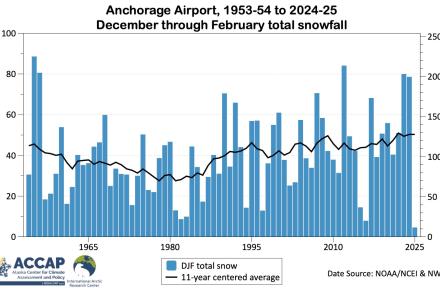Useless Information on the Aurora
Nowadays we use the name aurora polaris to describe the whole of the earth's aurora and call the auroras of the northern hemisphere the aurora borealis and those of the southern hemisphere the aurora australis. These three terms make a neat package. They and their meanings so logically fit together in an orderly unified way that it is easy to assume that this grouping was all carefully thought out by some methodical person. But, of course, that is not the way it happened.
New insight into the origin of the term aurora borealis is given in a short article in the December 197S issue of EOS, a publication of the American Geophysical Union. Editor Alton F. Spilhaus, Jr., wanted to entitle the article "More Than Anyone Would Ever Care to Know About the Origin of 'Aurora Borealis,"' but author George L. Siscoe objected, so they chose a more sedate title for Siscoe's article.
According to Siscoe, the term aurora borealis was first used as a metaphor by Galileo in 1619 to suggest the likeness of the northern lights to an early dawn in the northern sky. Later, Galileo and others used the term aurora borealis as the name for the northern lights.
The history is clouded because, at the time, Galileo was already under duress from the Roman Inquisition and was not supposed to be writing on astronomical matters. Therefore, his writings on the subject were appearing under the name of his student Mario Guiducci. Galileo referenced the aurora as part of his arguments against the established idea that the earth was the center of the Universe. He wrongly thought that the aurora was caused by sunlight reflecting from the high atmosphere. Galileo's persistence in promoting the sun as the center of the solar system led to his being put under house arrest for the last eight years of his life.
The term aurora borealis soon came into common usage by 17th century philosophers and scientists. Only many years later did the related terms referring to the polar and austral aurora come into use.




